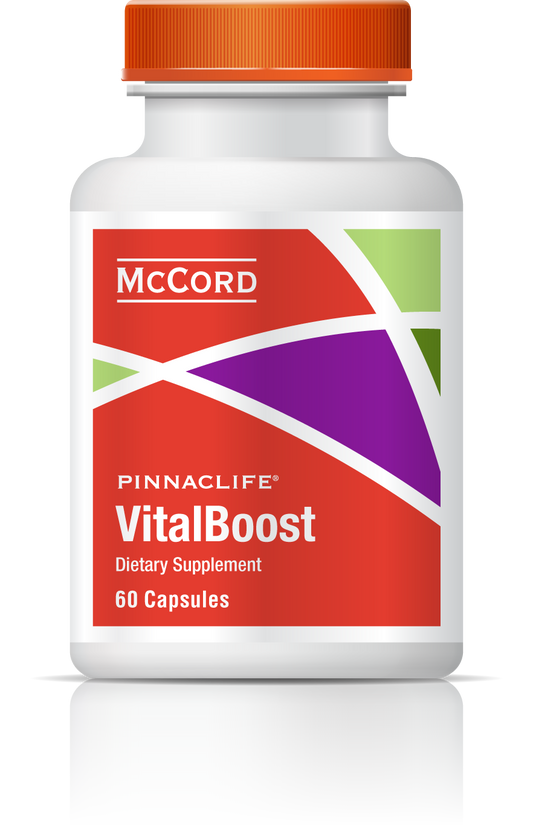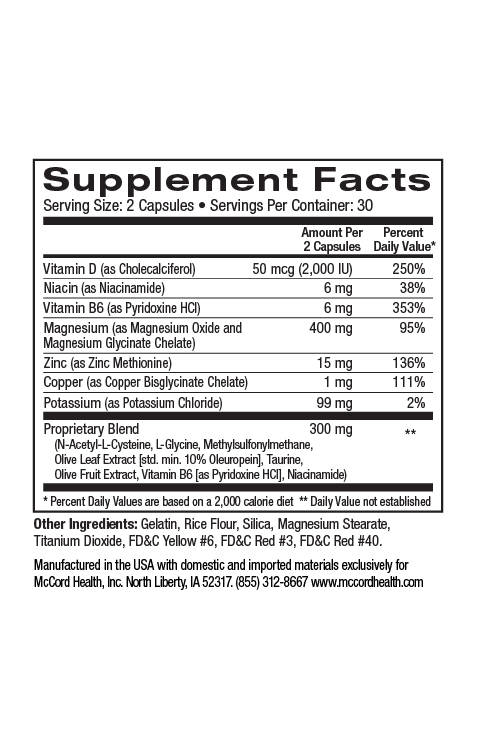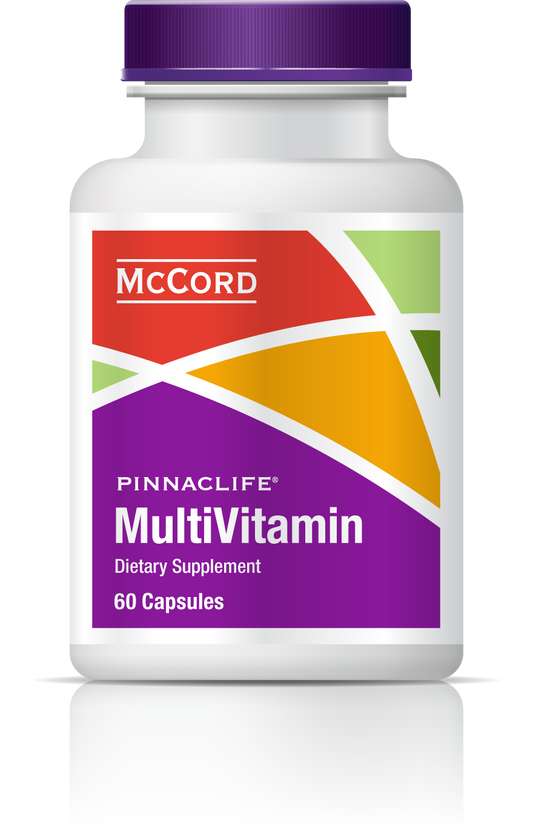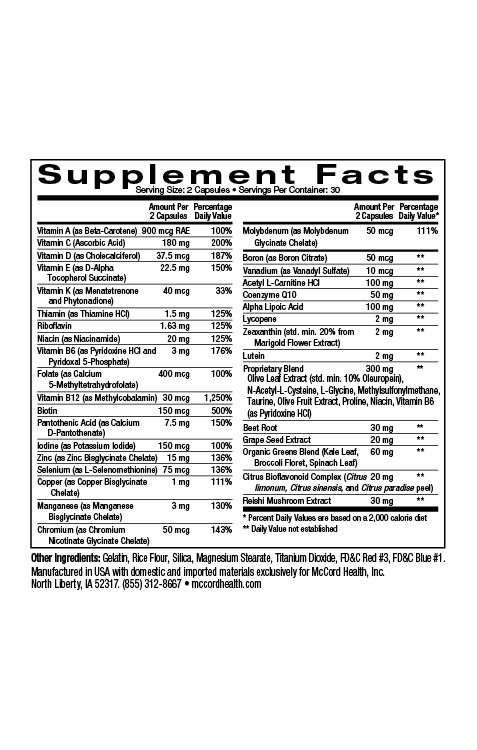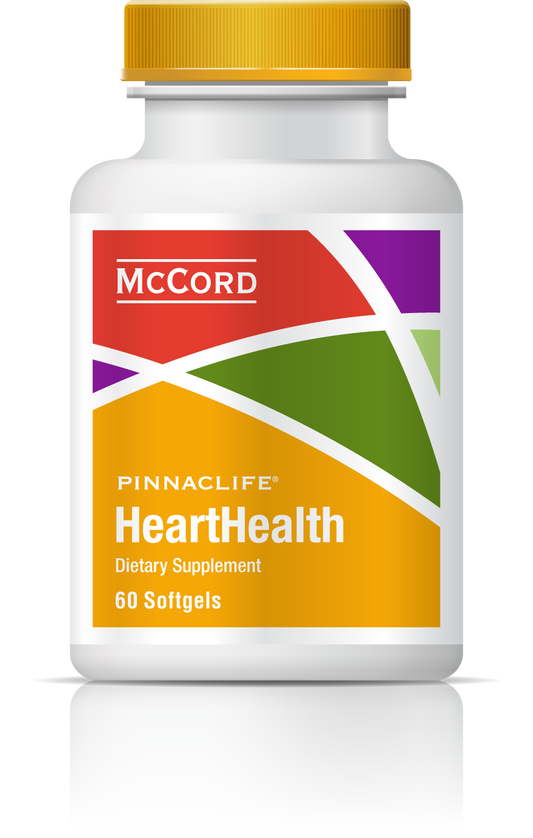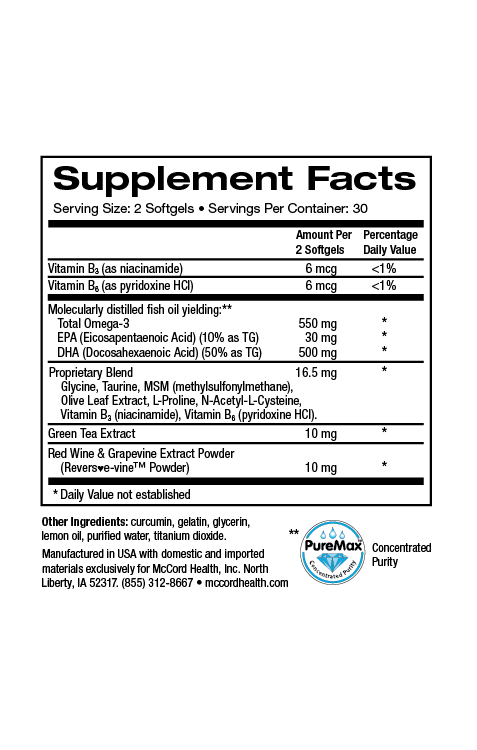Air pollution is becoming an increasing health problem worldwide. It’s an environmental threat to which millions of people are exposed, and is currently the world’s largest single environmental health risk. It’s well known that air pollution is bad for lungs, but scientist are just beginning to discover how damaging air pollution is to the skin. Viniferamine® skin and wound care products were designed to protect skin from irritants, and help restore skin cells naturally back to health.
Not only is outdoor air pollution a risk to skin health, but indoor air pollution can also be harmful. Indoor risks include exposure to volatile organic compounds (VOC) from organic solvents, protective coatings on furniture, paints, dry cleaning products or cigarette smoke. In fact, atopic dermatitis or eczema has been linked with exposure to air pollution including tobacco smoke. Outdoor air pollution containing VOC includes exhaust from automobiles. Polycyclic aromatic hydrocarbons (PAHs) including dioxins, particulate matter (PM), ozone and smog are some other outdoor pollutants that can be harmful to skin. Many of these air pollutants have been linked with oxidative stress in exposed skin.
Oxidative stress results from the inability of skin cells to eliminate free radicals that damage important cellular molecules including DNA, protein and lipids. The potent small molecule polyphenols, oleuropein, resveratrol and epigallocatechin-3-gallate (EGCG) from olives, grapes and green tea respectively, as well as the important small molecules melatonin and L-glutathione, are all powerful antioxidants found in Viniferamine® skin and wound care products that have the ability to counteract oxidative stress, particularly in skin cells.
Viniferamine® Silicone Barrier contains an advanced 34% silicone shield to provide a barrier or “second skin” to help protect skin from irritants and help skin stay hydrated. The barrier in Silicone Barrier is composed of a sophisticated silicone complex that will keep protecting the skin even after the skin is cleansed several times. Along with all the Viniferamine® skin and wound care products, Silicone Barrier includes powerful antioxidants, beneficial amino acids and important vitamins found exclusively in Viniferamine®.
Ozone, typically a component of smog, results in damage to the epidermis and reduction of antioxidants in skin leading to skin barrier disruption, oxidative stress and inflammation. Ozone has been associated with urticarial (hives), eczema, contact dermatitis, rashes, and skin disease. Ozone exposure has also resulted in increased expression of matrix metalloproteases, suggesting a role in skin matrix remodeling and skin aging.
Polycyclic aromatic hydrocarbons (PAHs) are found in smoke and fumes from wood burning and cigarettes as well as automobile exhaust. PAHs have been shown to cause melanocyte proliferation, skin pigmentation, acneiform eruptions and potential skin cancer. PM includes dust and particles from power plants, incinerators, automobiles, and fires. PAHs adsorbed on the surface of PM may lead to long-term skin exposure through hair follicle or transepidermal absorption that can result in oxidative stress and skin aging.
Outdoor VOCs, in the presence of nitrogen oxides from combustion sources and sunlight, produce smog. Air-to-skin transdermal uptake of many semi-VOCs may actually be comparable to or greater than lung inhalation of these substances. Scientific evidence indicates that VOCs may cause inflammatory reactions. In one study, exposure of skin cells (keratinocytes) in vitro to VOCs increased the release of chemical messengers (cytokines) that favor the development of inflammatory or allergic reactions. Viniferamine® skin and wound care products including Renewal Moisturizer contain beneficial small molecule ingredients with powerful anti-inflammatory activities including oleuropein, resveratrol, EGCG, L-gutathione, melatonin, dipotassium glycyrrhizate, and methylsulfonylmethane.
Finally, cigarette smoke may contain more than 100 trillion free radicals that can cause substantial oxidative stress. Cigarette smoke is composed of thousands of chemical substances including many that activate transepidermal water loss and degeneration of connective tissues. Smoking correlates with skin wrinkling and aging, and is associated with skin conditions including psoriasis and acne. Furthermore, smoking is associated with decreased blood circulation and aberrant wound healing. Resveratrol has been shown to protect skin cells (keratinocytes) from cigarette smoke-induced damage by increasing the expression of an enzyme involved in cellular defense against oxidative protein damage. Resveratrol has also been shown to promote healing of chronic wounds. In addition, many other ingredients found in Viniferamine® skin and wound care products promote wound healing including oleuropein, EGCG, L-carnosine, L-glutathione, and TECA.
It’s good to know that Viniferamine® skin and wound care products can help protect against irritants and the damage that can result from pollution. Fortunately, Viniferamine® Silicone Barrier provides a protective barrier against irritants that remains effective after several washings. In addition, Viniferamine® Silicone Barrier, along with all of the Viniferamine® skin and wound care products like Renewal Moisturizer, includes potent antioxidants as well as powerful anti-inflammatory ingredients to help protect skin from oxidative stress and inflammation.
About the author: Nancy Ray, PhD is the Science Officer at McCord Research. Dr. Ray received her PhD in Biochemistry and Biophysics and was a postdoctoral fellow at NIH, Harvard University and Dana-Farber Cancer Institute, and the University of Iowa. She also earned bachelor of science degrees in Chemistry and Microbiology.
References
- Dermato-Endocrinol 2012; 3: 227-231.
- Front Environ Sci 2014; 2: 1-6.
- Int J Mol Sci 2014; 15: 18508-18524.
- Oxid Med Cell Longev 2012; ID 560682: 1-8.
- Ann Plast Surg 2007; 58: 449-455.
- PLOS One 2015; 10: e0115341: 1-18.
- Exp Dermatol 2008; 17: 713-730.
- Indoor Air 2012; 22: 356-377.
- Int J Mol Sci 2014; 15: 18508-18524.
- Diabetes Vasc Dis Res 2014; 11: 92-102.
- Oxid Med Cell Longev 2012; ID 560682: 1-8.
- J Pineal Res 2013; 55: 325-356.
- Int J Gen Med 2011; 4: 105-113.
- Evid Based Complement Altern Med 2012; ID 650514: 1-9.
- Annal NY Acad Sci 2012; 1271: 75-81.
- Food Funct 2014; 5: 2348-2356.
- Cell J 2014; 16: 25-30.
- ISRN Endicronol 2014; ID 816307: 1-8.
- J Am Acad Dermatol 2005; 52: 1049-1059
- J Pineal Res 2008; 44: 387-396.
- Surgery 1986; 100: 815-821.
- Ann Plast Surg 2007; 58: 449-455.
- Complement Altern Med 2012: 12: 103-109.
- Phytother Res 1999; 13: 50-54.
Disclaimer: These statements have not been reviewed by the FDA. The decision to use these products should be discussed with a trusted healthcare provider. The authors and the publisher of this work have made every effort to use sources believed to be reliable to provide information that is accurate and compatible with the standards generally accepted at the time of publication. The authors and the publisher shall not be liable for any special, consequential, or exemplary damages resulting, in whole or in part, from the readers’ use of, or reliance on, the information contained in this article. The publisher has no responsibility for the persistence or accuracy of URLs for external or third party Internet websites referred to in this publication and does not guarantee that any content on such websites is, or will remain, accurate or appropriate.
